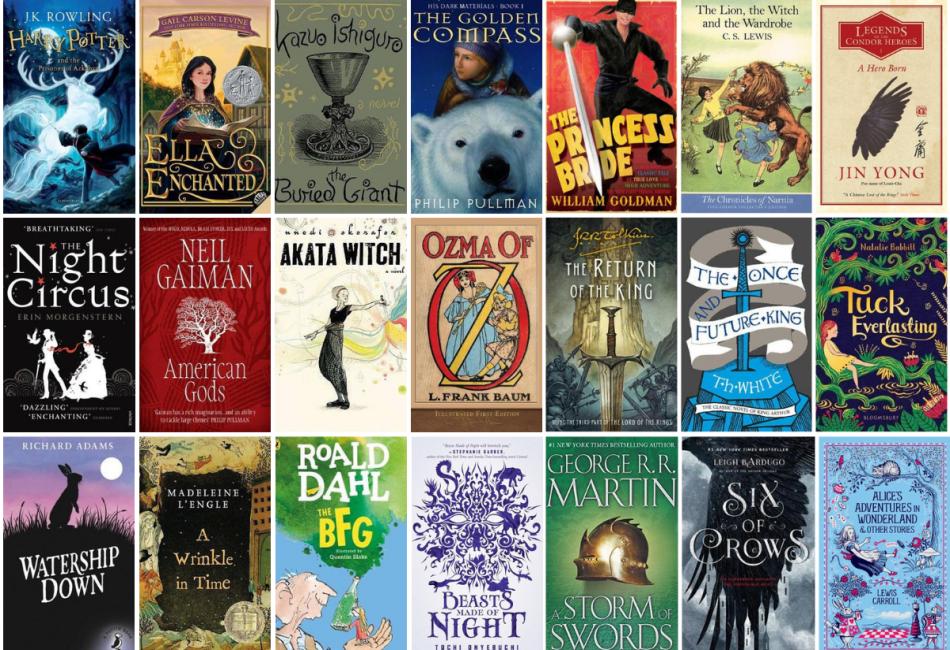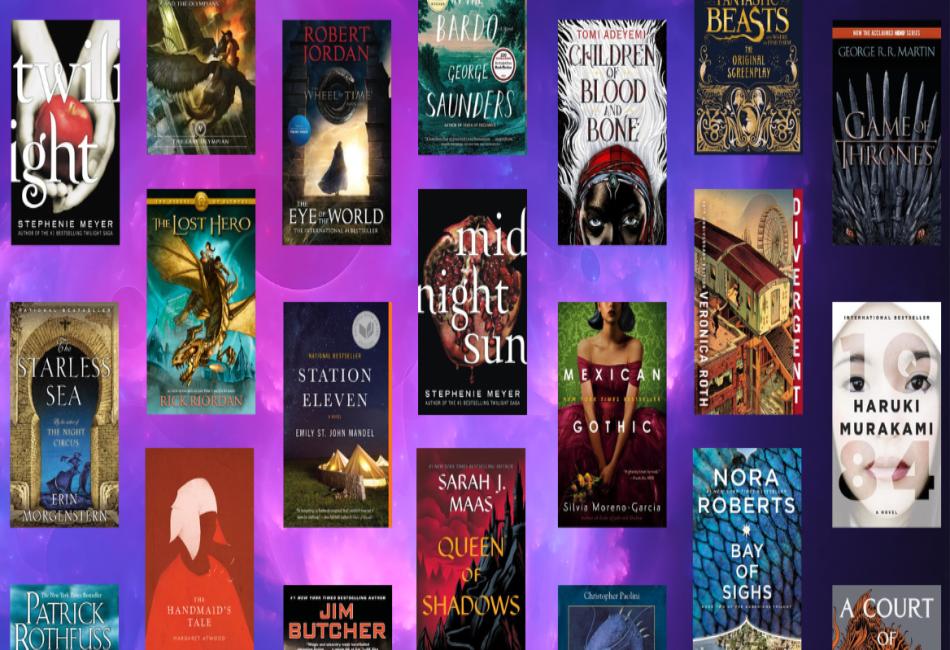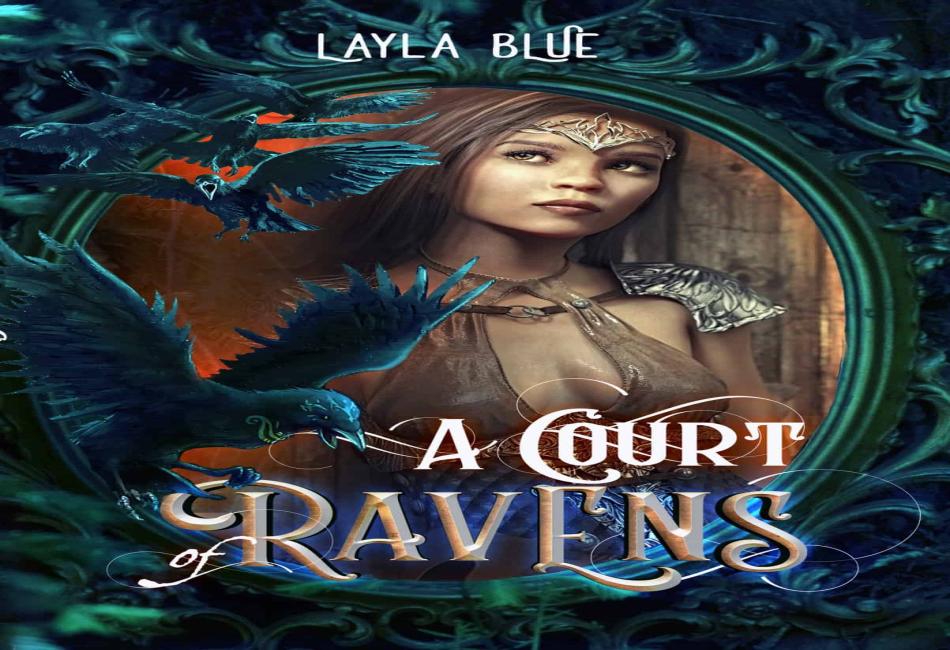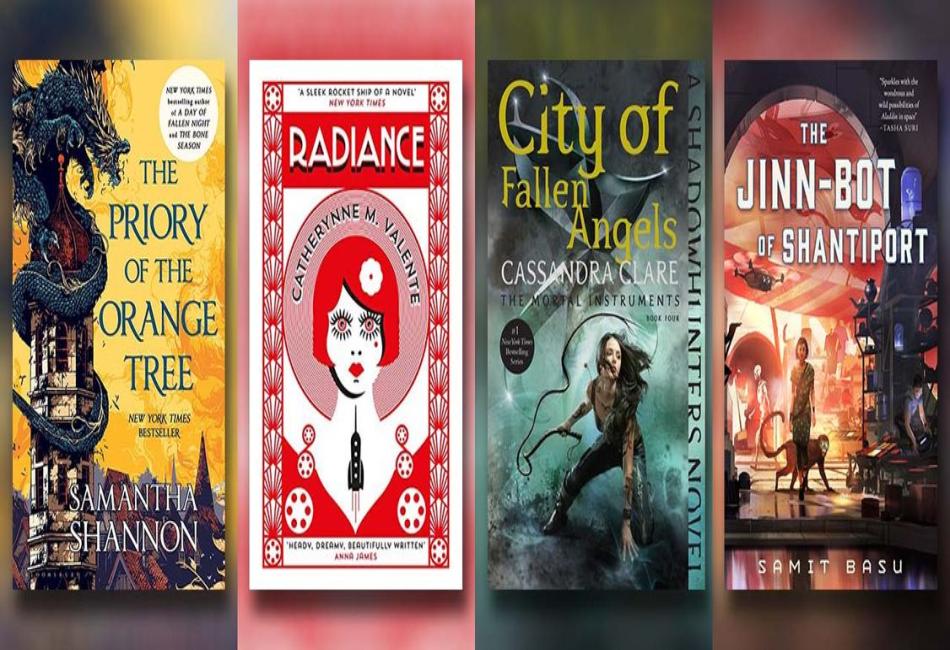A fantasy book cover is not just a glorified tarp or billboard; it is a window into an entirely new world. Whether it’s an enchanted forest, a dragon flying through the sky, or a warrior standing on a mountain, the fantasy art on the cover is often what draws people into a book and helps set the tone for the entire story that awaits inside. A great book cover doesn’t just aim to stand out amid a crowded bookshelf or in a sea of thumbnails on your morning trip down your TBR wormhole — it’s also an invitation: an immersive promise that sets the tone, genre, and mood for the type of story readers will encounter inside.
Designing a dunny book cover for an unforgettable story is about a mix of art, symbolism, genre understanding, technical skills, and magic. In this article, we’ll delve into what makes a fantasy book cover successful, how to work as an author with a designer to realize a vision, and the difference between a book with the perfect cover (and a terrible one) when it comes to the success of your fantasy novel.
How to Create the Perfect Fantasy Book Cover
Creating a fantasy book cover is an art, and it’s about more than selecting a gorgeous image or typeface. A good cover communicates with its audience — usually fans of the fantastical, the epic, or the otherworldly — and conveys the type of journey they can expect.
Know the Subgenre
Fantasy has a number of subgenres (i.e., epic fantasy, urban fantasy, sword and sorcery, dark fantasy, steampunk, etc). Each has its own visual language. For example:
- Epic fantasy often features vast landscapes, imposing castles, and powerful wizards.
- Urban fantasy typically combines gritty cityscapes and elements of magic.
- Black fantasy can have dark images, gothic lettering, or monstrous beasts.
Determining the subgenre early, the fantasy book cover will match reader expectations yet draw attention in the marketplace.

Focus on Imagery and Symbolism
A fantasy cover is also generally replete with themes, including dragons, swords, thrones, portals, cloaked figures, and symbols of magic. These aspects rapidly establish the kind of fantasy world in which the story takes place. But it is important not to overdo clichés unless you’re doing something special with them.
(By themselves, for instance, a sword on a cover is not automatically interesting, but a flaming sword, protected by a phoenix, might be.) Symbolism matters a great deal as well; a crown could stand in for a lost heir, a tumbled tower for ancient secrets or forgotten civilizations.
Typography and Color Palette
In fact, typography is a critical part of the fantasy genre. Serif typefaces often also fit the bill, suggesting a sense of age or timelessness. You could use decorative or rune-like fonts to give it a magical feel. The colour palette also establishes the mood – cool blues for mysterious, esoteric, or mystical vibes; hot reds and oranges for action or conflict, and muted, earthy colours for traditional or high-end unicorns, dragons, and rainbows.
Character Inclusion
It can be risky but effective to include characters on a fantasy book cover. It needs to align with what the reader might imagine in their mind. A silhouette or impressionistic representation is often even stronger than a detailed portrait unless the player characters’ identities are a real selling point.
Professionalism and Clarity
Most importantly, the fantasy book cover should be well-written. That includes resolution, the ability to read the title at thumbnail size, a balanced layout, and cohesive design elements. No other design will save a wild ass design if it’s hard to read or looks too busy.
Commonly Asked Questions About Fantasy Book Covers
Q1: If I self-publish, can I create my own fantasy book cover?
Yes, but we would recommend using professional design software like Adobe Photoshop, or better yet, hiring a freelance book cover designer with experience designing fantasy book covers. Terrible covers can kill credibility on an otherwise wonderful story.
Q2: What is the price for a fantasy book cover?
Prices vary widely. Pre-made covers range in price from $50 to $150. Original covers, especially for a series, can range from $300 to $1,500, depending on the designer’s experience and the level of detail in the work.
Q3: Should I put the leading character on the cover?
If (and only if) the way they look is essential to their story or iconic in some way. At other times, it is usually more beneficial to show a symbolic scene, a magical article, or a written environment to arouse curiosity.
Q4: What helps a fantasy cover to stand out in online shops?
Thumbnails matter in digital storefronts. A cover must be effective at small sizes, be easily read, have a dominant area, and a clear contrast of color. Eye-popping artwork and a memorable title treatment, too.
Q5: AI-generated art for a fantasy book cover?
AI-created images are available, but they might be subject to legal uncertainties or usage rights restrictions. Review the terms of commercial use for the artwork and consider commissioning an artist to enhance AI-generated designs for uniqueness and readability.

The Power of a Fantasy Book Cover in Marketing
“Fantasy ideal for the cover of the book” is an important branding collateral for marketing your book. In a crowded genre like fantasy, where readers are spoiled for choice, the cover is the first point of interaction even a potential reader has with a book. A well-designed cover can:
- Boost sales on Amazon and other retailers.
- Get the notice of book bloggers and influencers.
- Be clear and obvious about genre conventions so the right readers find your work.
- Establish a consistent brand across a series, setting the tone for a unified brand in a series of books.
In a way, it’s fair to say that a well-designed and professional cover constitutes part of their visibility; many even established fantasy authors have stated this. Indie fantasy writers in particular will see a massive uptick in sales if they update their out-of-date covers, I have seen it firsthand.
Fantasy Book Cover Trends of 2025
As design trends change, here are some modern fantasy book cover trends:
- DESIGNS, WITHDRAWALS, AND MINIMAL FANTASY COVERS: Instead of elaborate art, some book covers feature bold imagery and clean type.
- Retro-reminiscent styles: Old-school cover designs, reminiscent of 1970s or ’80s fantasy paperbacks, have made a comeback.
- Graphic typographic covers: Avoiding images entirely, some covers dazzle with fancy or illustrated fonts.
- Hand-painted, illustrated designs: Hand-drawn elements are popular across several categories, but particularly in the young adult fantasy sector.
Any way you slice it, however, the fantasy book cover should spark the reader’s imagination and welcome them to the book in hand.

Final Thoughts
A fantasy book cover isn’t just a work of art — it’s a whole story in itself. It hints at long-gone empires, unresolved enigmas, magic objects, and incomplete quests. Whether you’re an indie author planning to self-publish or a traditional author seeking advice on cover design, knowing why and what’s on a fantasy book cover is crucial to your book’s reception.
With a mix of tailored genre scenes, clever typography, and a professional presentation, your fantasy book cover can be an impossible-to-ignore call out—one readers just have to answer.




